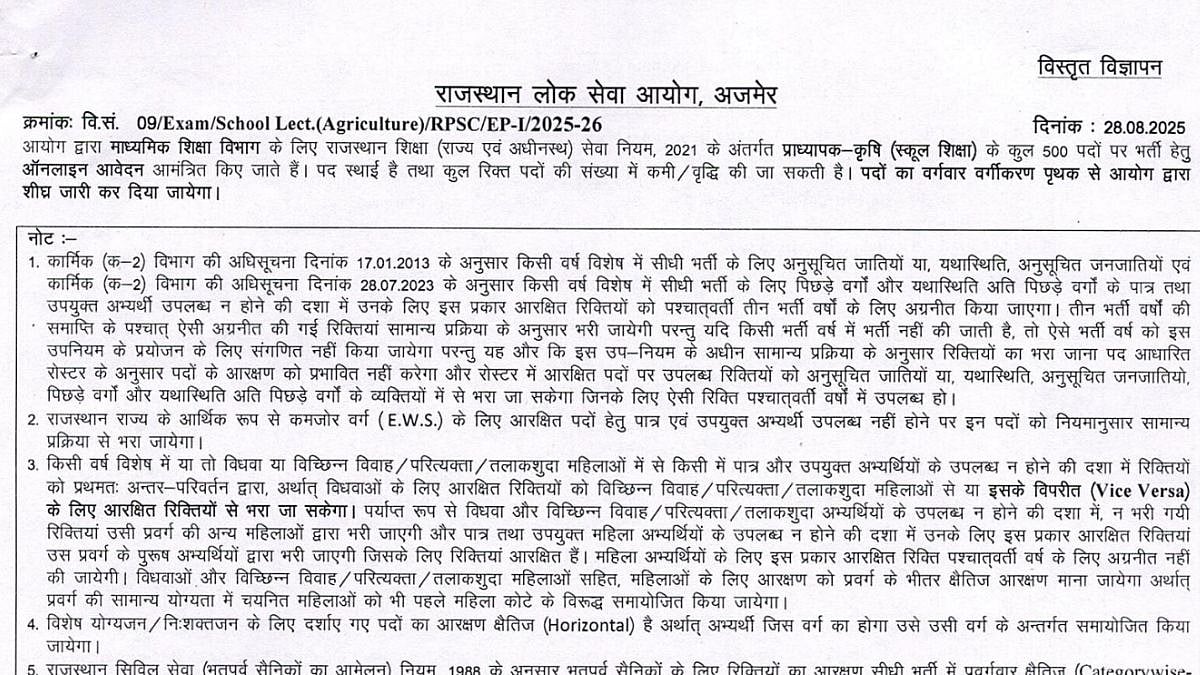Maharashtra is the largest producer of onions in the country, which continues to grapple with the situation of abundance as well as paucity, intermittently. Notwithstanding the change of guard at the Centre and State, there is no permanent holistic solution in sight, thanks to political compulsions and influential lobbies at work.
The current situation is that out of the 193 lakh tonnes of onions produced countrywide during the 2014-15 season, only about five to six lakh tonnes are available for consumption. The situation will continue to remain grim for over a month, till harvesting of the Kharif (monsoon) crop starts in Maharashtra in November. With an erratic monsoon, the production is likely to be less than normal this season. It means that the lean supply and high price phenomenon would continue not only till January-February when the late Kharif crop is harvested, but also till April-May, when the Rabi crop is ready for harvest.
The onion, which is an inherent ingredient in Indian cuisine, has a peculiar cycle of cultivation. It is grown thrice a year- Kharif, which is harvested during October-December; Late Kharif, which is harvested during January-March; and Rabi that is harvested during April-May. The Kharif and Late Kharif varieties of onion are highly perishable and start rotting within a month, while the Rabi variety has a shelf life of six to seven months. Hence, major bulk of onions harvested during Rabi (summer) is stored by traders as well as major farmers, who monitor the supply to the market till the arrival of the next Kharif crop post-monsoon. If the Kharif crop fails, it creates a crisis as the summer stocks are depleted and the fresh crop is late to arrive or is insufficient to meet the demand.
The onions currently available in the market are those that were harvested last summer and hoarded by traders and farmers for a better price. Agriculture officials hope that the situation will start improving after mid-October when early harvesting of the Kharif crop will begin in some states like Karnataka, Rajasthan and Gujarat. Till then, onions stored last summer along with those imported, are expected to take care of the supply, albeit at the current price level, or even higher.
What makes onion a political crop is its use as a poll plank by major parties, which have failed to evolve a holistic solution to end the recurring problem permanently.
During the NDA regime in 1998, skyrocketing onion prices had become a poll plank during assembly elections in four states, including Delhi, and the BJP lost miserably. The irked NDA placed onion in the list of essential commodities to take on hoarders and monitor the crop.
Subsequently, an attempt was also made to irradiate onions to increase their shelf life. An irradiation centre was created at Lasalgaon, which is the biggest onion market in the country, at the cost of around Rs 8 crore. The idea was to prolong the shelf life of Kharif and Late Kharif varieties of onion. However, it failed to do so.
Meanwhile, in Maharashtra, the Congress-NCP alliance, which had wrested power in 1999 from the Sena-BJP regime, faced a reverse situation a year later. After the 1998 onion crisis, the area under onion cultivation went on increasing and with timely rainfall, there was a bumper Kharif harvest in 2000. Because the Kharif variety of onion is highly perishable, prices fell and farmers took to the streets. In its eagerness to masquerade as messiah of farmers, the Congress-NCP government decided to buy onions at Rs 300 and Rs 350 per quintal (depending on quality) as against the market price of Rs 150 to Rs 200 per quintal.
The idea was to sell onions through ration shops. However, by the time the commodity reached ration shops, its price went up to Rs 5 per kilo, when local vendors were selling it for Rs 3 per kilo! The government had to dump millions of quintals of rotting onions, suffering a loss of Rs 182 crore.
The state government asked the NDA government to share the losses, but the latter refused to do so. Since then no government, irrespective of its political hue, has dared to intervene in the market or fix a support price for the commodity. In a similar situation in 1989, when the state had bought onions at Rs 40 per quintal during a glut, the then central government headed by V P Singh had shared the losses equally.
Later, when the UPA came to power in 2004, it removed onion from the Essential Commodities Act. The vegetable was back again as an essential commodity, when BJP returned to power last year.
The fluctuations in onion prices, either due to inclement weather or due to artificial scarcity created by hoarders, have deterred political parties across the spectrum to declare a remunerative price for the commodity.
However, there are issues that have been ignored by policy makers. For instance, though Maharashtra tops in onion production in the country, the productivity is low. During 2014-15, Maharashtra produced 56.54 lakh tonnes of onions and the yield was around 12.37 tonnes per hectare, due to outdated agricultural practices and infrastructure.
The yield was 25.43 tonnes per hectare in Gujarat; 22.97 tonnes per hectare in Bihar; and 22.89 tonnes per hectare in Madhya Pradesh and 18.13 tonnes per hectare in Karnataka. Hence, Maharashtra has more area under onion cultivation but the yield is very low.
Another crucial issue that remains unsolved is the trading chain. No government has been successful in breaking the chain that keeps on adding overheads to the retail price of onion till it reaches the consumers.
The result is that neither the farmer gets a remunerative price, nor the consumer gets the commodity at a reasonable rate. The Devendra Fadnavis government is so trader-friendly that in November 2014, when a licenced trader tried to participate in onion auction at Lasalgaon without being a member of the local traders’ association, his license was revoked as the association does not allow a non-member to participate. Also, the state government withdrew its order that had asked traders to bear miscellaneous charges (like weighment, handling, carting, etc) during onion auctions, when traders boycotted auctions in protest. The farmers continue to bear the charges as usual. Despite the enactment of the model APMC Act, its implementation continues to be in abeyance. Yet another issue that adds to the onion crisis is sensationalisation of its price during crisis, by a section of media that always quotes the maximum price of the day at which the commodity was sold on a particular day, instead of the average price. It creates an impression that all onions were sold at that (highest) price, prompting retailers to jack up their prices accordingly. The reality is in wholesale markets, a few quantity of best quality onions get the highest price, while the remaining are auctioned at lower prices.










